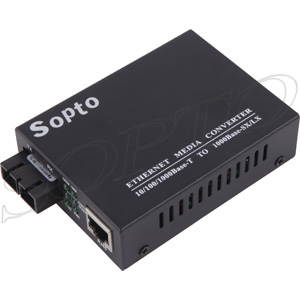- Fiber Optic Transceiver Module
- High Speed Cable
- Fiber Optical Cable
- Fiber Optical Patch Cords
- Splitter CWDM DWDM
- PON Solution
- FTTH Box ODF Closure
- PCI-E Network Card
- Network Cables
- Fiber Optical Adapter
- Fiber Optical Attenuator
- Fiber Media Converter
- PDH Multiplexers
- Protocol Converter
- Digital Video Multiplexer
- Fiber Optical Tools
- Compatible
- Can SFP+120KM be available? ...
- Why the price has so huge di...
- Can XFP transceiver modules ...
- Must optical fiber jumper be...
- Is there a module which can ...
- Can different brands SFP tra...
- How long will you change you...
- The difference between DDM S...
- Comparison of EPON and GPON
- Should we use 3rd party’s ...
- How to make differences betw...
- What is Drop Cable?
- Comparison of CWDM and DWDM ...
- GEPON Technology
- Differences of OM1, OM2, OM3...
- What is the armored fiber op...
- What is DAC cable?
- How to Choose A Right Fusion...
- Why Using a Compatible SFP O...
- Optical fiber transmission l...

What are an unmanaged media converter and a managed media converter?
An unmanaged media converter simply allows devices to communicate, and does not provide the same level of monitoring, fault detection and configuration as equivalent managed media converters. Connect the devices to the unmanaged media converter and they usually communicate automatically. Unmanaged media converters are simple to use and install. For most unmanaged converters, minimal configuration is required.
A managed media converter is typically more costly than an unmanaged media converter; however, a managed converter provides additional network monitoring, fault detection and remote configuration functionality not available with an unmanaged media converter.

Sopto provides both 14 slots unmanagement media converter chassis and 16 slots management media converter chasssis. For more information, please feel free to contact us online or email to sales@sopto.com.


